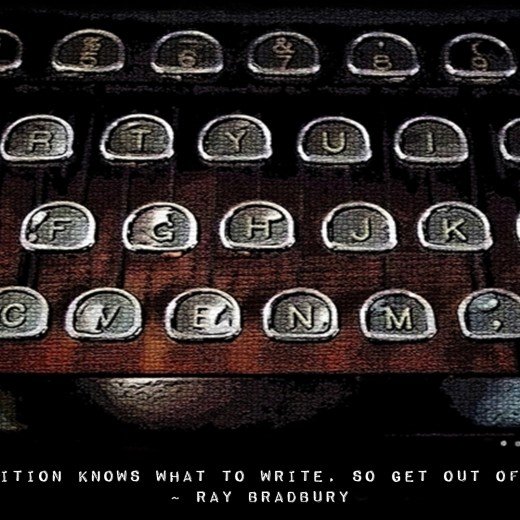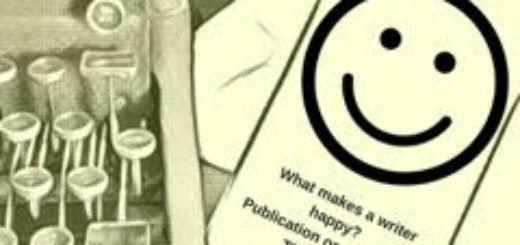Show Your Work by Catharine Bramkamp
 Let’s welcome back monthly columnist Catharine Bramkamp as she shares with us “Show Your Work.” Enjoy!
Let’s welcome back monthly columnist Catharine Bramkamp as she shares with us “Show Your Work.” Enjoy!
***
For many people creating a story, your own or a client’s, is like recording a geometry theorem. Start with X axis, which makes sense since axis had an X in its name. Then position the Y line which is short for “why.” Solve for A.
You can place A on any part of the axis or Y line which leads to Brooklyn and beyond. Or A can be outside both the axis and why-line, which necessitates another line like: Did you hurt yourself when you fell from heaven? Now solve for the new line, Y, or now you may not buy me a drink.
Show Your Work
Like a misguided middle school teacher, some clients insist I write down my process, record everything I do for them in order to justify the small amount of cash they are planning, and only planning mind you, to eventually part with.
If attorneys, the gold standard of detailed billing, can tell you what they do every fifteen minutes, you, a creative should too. This idea is based on 100 years of pedagogy devoted to training people to work on a factory line. This industrial model may have been effective in 1954l it is no longer effective today, yet still we cling to the idea that every minute can be accounted for, every hour measured and valued for the productive output.
In a Mood
Since I was in a mood, as was my Muse, I answered the client’s request and broke down the easy and transparent creative process by the minute:
- 20 minutes – review existing material on the client’s web site and brochures
- 15 minutes – isolate important and descriptive words;weigh each word against the stated project goal.
- 15 minutes – will the words sell the goal? Will the words sell the immediate needs of the client?
- 10 minutes – consider inclusive language to describe and support the message of diversity.
- 10 minutes – understand the community needs for space and congress.
- 20 minutes – create three drafts for the investor story.
- 20 minutes – create three drafts for the elevator speech.
- 10 minutes – look at the clouds.
- 2 hours – wander down the windy streets of Manhattan
- 1 hour – view the FIT museum exhibit on Pink. Who knew Pink or any color had so much history? It does explain the researched books with titles like Brown! Blue! Magenta! Magenta by the way, is not pink.
- 10 minutes – return to the three drafts and edit.
- 30 minutes – return to the next three drafts and edit to create just two versions that are not too wordy, easy to articulate, and yet convey gravitas and authority.
- 20 minutes – review the current drafts and answer the client’s questions that have suddenly popped up in my email:
- Is this a description of the structure of the organization? God help us, no.
- Does this explain the process of development? F**k me dead. No.
- Is this a creation story? Only after a bottle of reasonably decent Rioja Tempranillo.
Client Questions
The client’s questions just serve to illustrate how little the average person understands about story, how important story is, and how difficult it is to create a good one.
Story is not the process of development. In fact, if you have ever suffered through anyone droning on how X landed on the horizontal axis and why Y is named Y (why), and where exactly the axis should be positioned, you must have noticed how the audience members at the back of the room are able to sneak out half way through the lecture, but you chose to sit in the front, which only too late, you acknowledge as a mistake.
Story
Story is not a description of the structure of the organization. That would be explaining the daily duties of A. What does A do every morning? From what corner did A catch the bus? How did A get to her axis? We already know from tragic experience and dead-end conversations that no one cares what A ate for lunch.
Story could be the creation story of a business, but only if the story answers the why, why we started at this axis with this A. Why we are here? What is the meaning of our existence? But the answer may run into multiple pages, too long to scroll on a phone.
The Story is the essence of the why. The story is something you can rattle off in an elevator or after the third martini. Story is why you get out of bed every morning.
Story is harder than it looks.
Even if you don’t show your work.
Feel free to use this model when your clients ask you to tell then just exactly what you are doing when you are creating a story for them. In other words, don’t show your work, copy mine.
Want to learn more about scenes and plotting? Spend three days in the most beautiful places in California at Boot Camp for Writers.
***
ABOUT THE AUTHOR
 Catharine Bramkamp is the co-producer of Newbie Writers Podcast that focuses on newer writers and their concerns. She is a successful writing coach, Chief Storytelling Officer, and author of a dozen books including the Real Estate Diva Mysteries series, and The Future Girls series. She holds two degrees in English and is an adjunct university professor. After fracturing her wrist, she has figured out there is very little she is able to do with one hand tied behind her back.
Catharine Bramkamp is the co-producer of Newbie Writers Podcast that focuses on newer writers and their concerns. She is a successful writing coach, Chief Storytelling Officer, and author of a dozen books including the Real Estate Diva Mysteries series, and The Future Girls series. She holds two degrees in English and is an adjunct university professor. After fracturing her wrist, she has figured out there is very little she is able to do with one hand tied behind her back.






